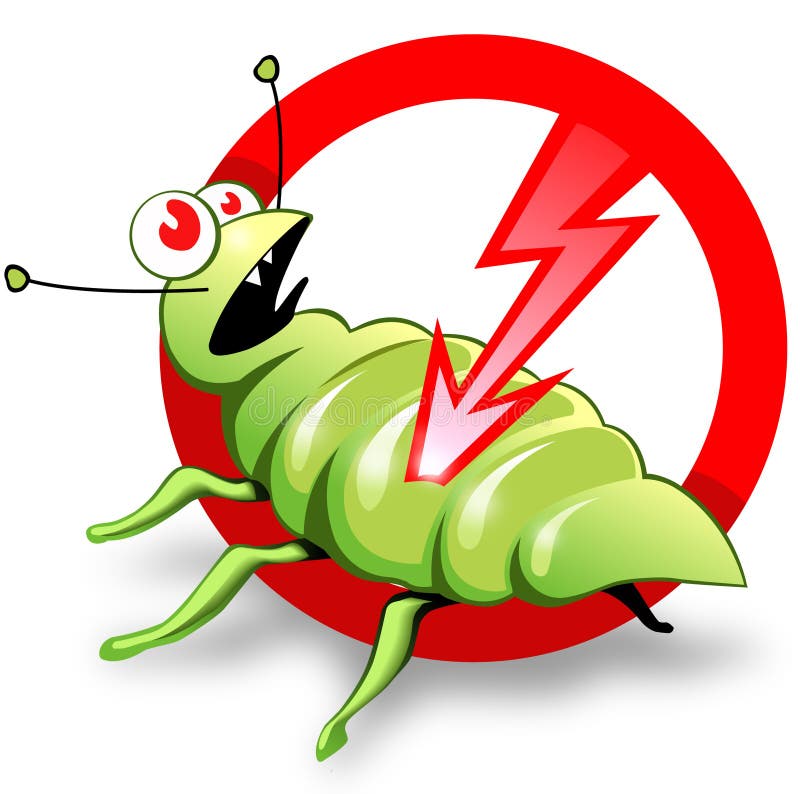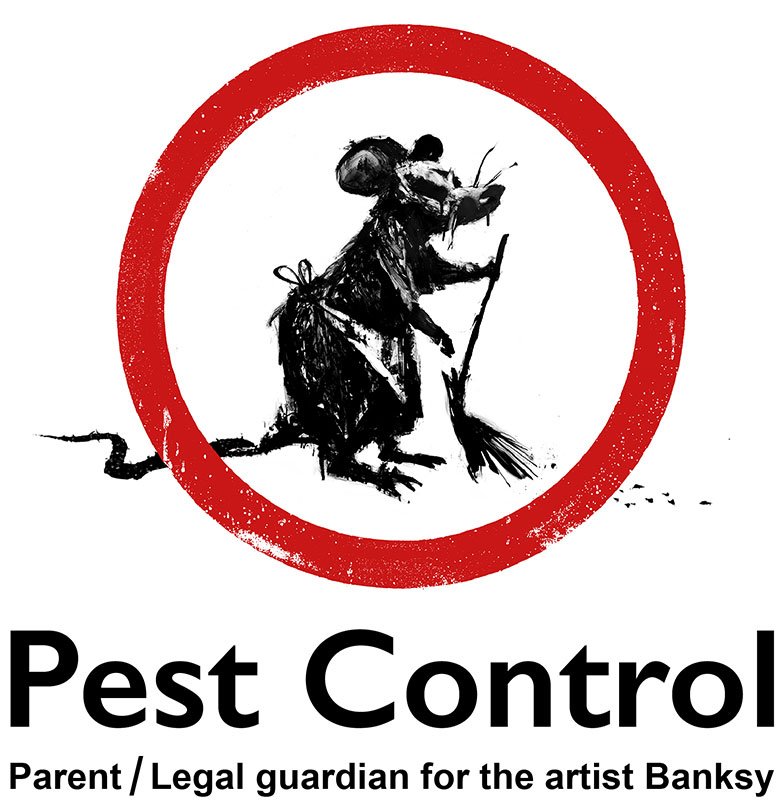Professional Elimination and Prevention Services by Pest Control Lockhart
Professional Elimination and Prevention Services by Pest Control Lockhart
Blog Article
Exploring Infestation and Therapy Approaches worldwide of Insect Control
The landscape of pest control includes a myriad of difficulties, especially as infestations of typical house parasites remain to progress. Understanding the actions and reproductive patterns of these problems is vital for developing reliable therapy methods. By incorporating safety nets with innovative management techniques, such as Integrated Bug Management (IPM), property owners can better safeguard their environments. However, the effectiveness of these approaches might differ dramatically based on certain situations. What hidden variables contribute to the success or failure of these strategies in various settings?

Common House Vermin
When it pertains to managing our space, recognizing common house insects is vital. These bugs not only interrupt our convenience yet can also posture health risks and damage residential or commercial property. The most widespread family bugs include ants, cockroaches, rodents, termites, and bed insects.
Ants, usually seen foraging in kitchens, can contaminate food and develop large colonies. Cockroaches, recognized for their durability, can cause allergies and spread virus. Rats, consisting of mice and rats, can trigger architectural damage and carry diseases like hantavirus and salmonella. Termites, typically described as "silent destroyers," can jeopardize the integrity of wooden structures, resulting in pricey repair work. Bed insects, although not illness providers, can cause substantial discomfort via their attacks and cause emotional distress.
Acknowledging the indicators of these bugs, such as droppings, nests, or attack marks, is vital for early treatment (Pest Control Lockhart). Proper hygiene techniques, securing entry factors, and maintaining a clutter-free atmosphere are efficient preventative actions. By recognizing these usual house bugs and recognizing their actions, home owners can take aggressive steps to alleviate invasions, guaranteeing a much healthier living environment
Comprehending Bug Infestations
Insect problems can escalate quickly, transforming a small aggravation into a considerable issue otherwise dealt with without delay. Recognizing the nature of these infestations is critical for effective monitoring. Parasites can invade household and commercial areas for various factors, consisting of the look for food, sanctuary, or breeding premises. Typical elements adding to infestations include bad sanitation, structural susceptabilities, and seasonal changes that drive parasites inside your home.
Determining the kind of parasite is vital, as different types exhibit different habits and reproductive prices. For example, rats may establish nests in concealed locations while pests like roaches prosper in wet atmospheres. Early detection often rests on identifying indicators such as droppings, nibble marks, or unusual sounds, which can show a problem prior to it comes to be serious.
Warm, humid environments can assist in the fast development of parasite populaces, while changes in landscape design or construction can unintentionally produce conducive settings. An informed method to understanding reference these characteristics lays the foundation for effective pest administration methods in the future.
Therapy Techniques and Methods
Efficient therapy approaches and strategies are crucial for reducing insect invasions and restoring a risk-free setting. A multifaceted method is commonly best, integrating chemical, biological, and mechanical approaches customized to the certain pest and the severity of the problem.
Chemical therapies include making use of insecticides and herbicides, which can successfully eliminate parasites. Nevertheless, proper application and adherence to safety and security guidelines are vital to decrease threats to people and non-target microorganisms. Integrated Bug Administration (IPM) motivates the wise use of chemicals as a last hope, relying rather on monitoring and threshold degrees to determine treatment requirements.
Biological control approaches involve introducing all-natural predators or bloodsuckers to reduce insect populaces. This strategy is progressively prominent, especially in agricultural settings, as it advertises environmental sustainability.
Mechanical approaches, such as catches and obstacles, offer prompt alleviation from insects without presenting chemicals. Choices include sticky traps for insects or physical obstacles for rats.
Eventually, the option of treatment approach must take into consideration the details insect, the atmosphere, and prospective effects on human health and wellness and communities. A balanced mix of these methods can effectively manage invasions while advertising lasting pest control services.
Safety Nets for Homes
Proactively addressing insect concerns before they rise is vital for preserving a healthy and balanced home atmosphere (Pest Control Lockhart). Carrying out reliable precautionary measures can significantly reduce the chance of infestations, ultimately safeguarding both your building and well-being

Proper landscape design additionally plays a vital role in avoidance. Maintaining hedges and trees trimmed away from your house minimizes the opportunities of parasites locating their means indoors. In addition, make certain that drainage systems are working successfully to stop standing water, which can reel in insects and other pests.
Last but not least, regular assessments are advisable. On a regular basis inspecting for signs of bug task permits very early treatment. By embracing these preventive procedures, home owners can produce an atmosphere that is less congenial to insects, consequently enhancing their general lifestyle and lowering the demand for substantial insect control interventions.
Business Bug Control Approaches
A thorough approach to industrial parasite control is crucial for companies intending to keep a secure and hygienic setting. Reliable strategies involve a combination of regular inspections, employee training, and the implementation of Integrated Pest Management (IPM) techniques.
Routine assessments enable early detection of pest activity, permitting timely treatment. Organizations must develop a regular timetable for these assessments, concentrating on high-risk locations such as kitchen areas, storeroom, and waste disposal sites. Employee training is just as essential; team should be informed on the indications of pest problems and the relevance of reporting them immediately.
Executing IPM methods helps alleviate bug problems sustainably. This includes habitat alteration, such as sealing access factors and lowering clutter, along with employing natural deterrents before turning to chemical treatments.

Moreover, teaming up with a licensed insect control service provider makes certain accessibility to specialist understanding and advanced therapy options. This partnership can lead to personalized insect control plans tailored to the details demands of business, decreasing threats and boosting total effectiveness. Ultimately, a proactive and enlightened check here approach fosters a pest-free setting, protecting both public health and wellness and service credibility.
Conclusion
In verdict, efficient insect control demands a comprehensive understanding of common house pests and their habits, combined with targeted therapy techniques. Applying preventive actions alongside treatment techniques such as Integrated Pest Management and biological control boosts the capability to mitigate problems.
Report this page